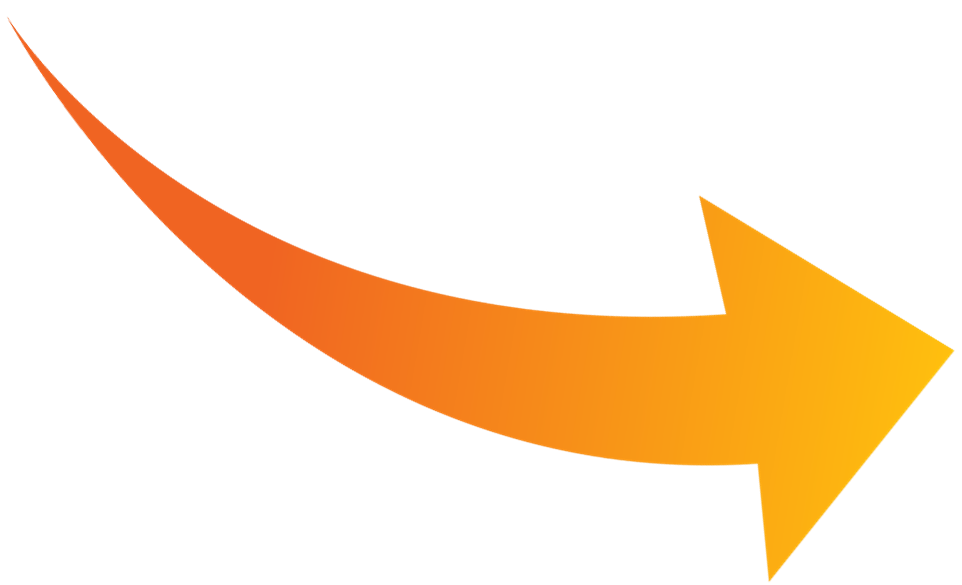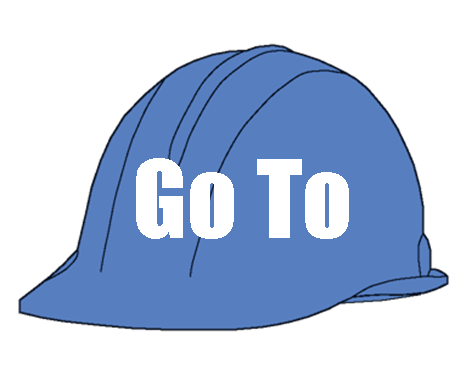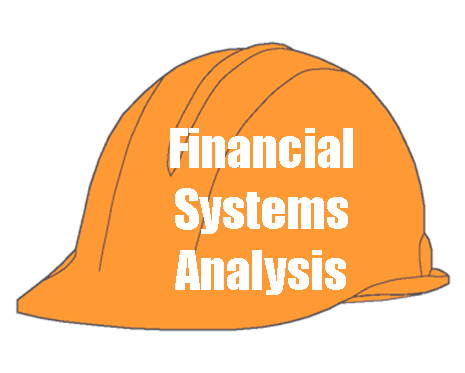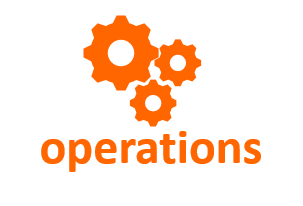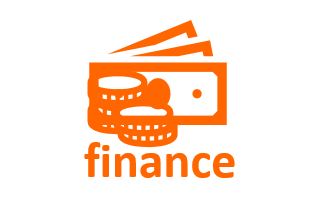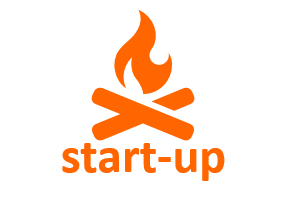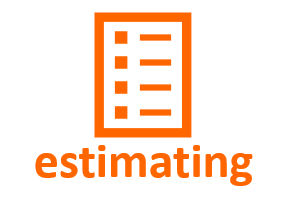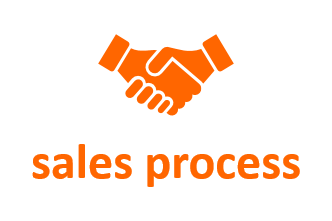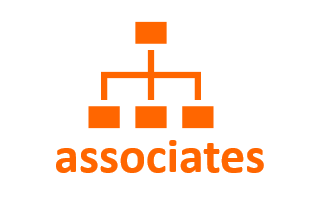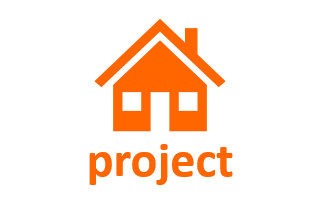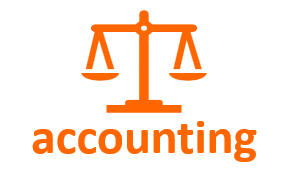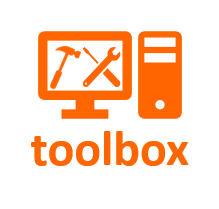Break-Even Analysis
THE Foundation Decision Model
|
Break-Even analysis is a very powerful decision model which you must have in your management arsenal. At it's most basic level, Break-Even Analysis identifies the volume of sales you must have to experience no loss in you operations, given a set amount of overhead you are carrying. No loss, but no profit, either. That is Break-Even. |
Your break-even explanation is one of the best I've seen for this industry. Most others use unit pricing and that doesn't work in the construction business as well. Thank you for your effort on this. Daniel Bean, CO |
Here are a couple of useful videos covering break-even topics
|
Your information is AWESOME and SO USEFUL. Mike Zeigen |
But don't let the name of this model mislead you into thinking it just answers the question of break-even sales level. This model goes way beyond that, enabling you to play "What-If?" on a very sophisticated level. Below, we answer a number of important financial management questions, all starting with "What-If". |
The questions address giving yourself a raise, hiring a supervisor, becoming more efficient in your operations and making investments in equipment.
The range of financial questions that can be answered with Break-Even Analysis is amazing.
With break-even analysis it is possible to get a very quick idea of the impact of financial decisions you make relating to your business.
Even if you think you know how to use Break-Even analysis, look at the examples below or in the interactive break-even model to make sure you really appreciate how useful this model can be.
Developing the Break-Even Decision Model
The decision model is really very intuitive to understand. In any business, you have
- variable costs (costs that are incurred as you build the project, and are related directly to the project. Think framing materials, drywall, framing labor, etc.), and
- fixed costs (costs that don't change based on the business you are doing. Think rent, utilities, truck payment, management salaries).
The money to pay for the fixed costs comes from what is left over after the variable costs have been paid. A simple example will illustrate --
You have a job that will pay you $2,500 when completed. In finishing the job, you have accrued $1479 in material costs and $203 in labor costs. You also have a rent payment of $100, a truck payment of $50, and you want to pay yourself $500 for this week.
When you receive the $2,500 payment, you will pay the $1429 in materials and the $203 in labor that are directly related to the job. That leaves you with $868 to pay expenses that are not directly related to the job. With the $868, you pay the rent ($100), the truck payment ($50) and yourself ($500), leaving you with $218. If no other expenses remain to be paid, the $218 represents your profit on the job.
Break-Even is the sales figure at which we make no profit and also experience no loss.
We can back into the break-even number by deducting the profit in this example. If the total job revenue was $2,500 and the profit was $218, the break-even amount would be $2,500-$218, or $2,282. You can prove this by using $2,282 as the job revenue, and deducting the variable and fixed expenses.
Break-Even = $2,282 - $1,429 - $203 = $650 - $100 - $50 - $500 = $0
However, we want to be able to use the information to look forward in time, not backward. We want to be able to make a decision based on what we believe will happen. To do that, we require a decision model for calculating our break-even point on a job.
Calculating Break-Even
(The following information addresses how the break-even model is developed. It is interesting background on this model. If you are not interested in the accounting and mathematics of the model, you may want to go straight to the interactive spreadsheet offered above.)
We can get all the information we need to calculate Break-Even from the Income Statement.
The first number we need is the Fixed Costs. That number is usually called Expenses on your Income Statement and comes after the Cost of Goods Sold section. We will assume that Fixed Costs = $340,000, and includes $50,000 for your compensation.
Then we need the Variable Expenses number. That is generally your Cost of Goods Sold, or job-related expenses. We will assume that Variable Expenses = $748,000.
Then we need the Total Revenue number. That is easy to find on the Income Statement. It is just your Total Sales. We will assume that Total Sales = $1,100,000.
The first step is to calculate the ratio of Variable Costs to Total Sales. If the Variable Costs (VC) for your construction company is $748,000 and Total Sales (TS) is $1,100,000, then
Job-related Costs as a percent of Total Sales = VC/TS = 748,000/1,100,000 = 68%
This result would indicate that for every $1.00 that comes into your company, $0.68 goes to pay expenses directly related to the individual project and $0.32 (or 32%) is available to pay the overhead costs. That 32% which we calculated is also know as the "Contribution Margin", because it is the amount that is "contributed" to overhead by the actual work which is done by your company.
To find the break-even point, we are looking for sufficient "Contribution Margin" to pay for all of your fixed (non-job-related) costs. The question you are asking is "How much money do I have to bring in to cover my basic operating expenses?".
- Break-Even = Basic Operating Expenses/(1 - Job-related Expenses)
- Break-Even = Fixed Costs/(1 - Variable Costs%)
- Break-Even = FC/(1-VC%)
Using the numbers from the above example,
- VC% = VC/TS
- VC% = ($748,000/$1,100,000)
- VC% = 68%
And
- BE = FC/(1-VC%)
- BE = $340,000/(1 - (VC/TS))
- BE = $340,000/(1 - 68%)
- BE = $340,000/ 32%
- BE = $1,062,500
Break-even sales were $1,062,500. Total Sales was $1,100,000. The difference was $37,500.
What was the profit for the year? No, not $37,500.
Recall that from every dollar earned, 68% is spent to cover job-related costs. The remainder of the $1.00, or $0.32, is "contributed" to cover fixed costs. In our example, all fixed costs were covered at Total Sales = $1,062,500. Therefore, $0.32 of every dollar earned above $1,062,500 is profit, and
- Profit = (Total Sales - Break-Even Sales) x (1 - Variable Costs%)
- Profit = (1,100,000 - $1,062,500) x (1-68%)
- Profit = $37,500 x 32% = $12,000
Which can be proved from the Income Statement, which would show
- Profit = Sales - Cost of Goods Sold - Expenses
- Profit = $1,100,000 - $748,000 - $340,000
- Profit = $12,000
Using the Break-Even Decision Model
The above information is useful to develop and understand the Break-Even decision model. However, we did all that work, and calculated the number we could have gotten just by looking at the bottom of the income statement.
How much more valuable would the decision model be if we could use it to predict the future.
Using the same numbers as above, here is how you do that...
|
Assumption Set: |
I paid myself $50,000 last year. How much can I afford to pay myself next year if nothing changes?
- BE = FC/(1-VC%)
- BE = 340,000/(1 - 68%)
- BE = 340,000/ 32%
- BE = 1,062,500
and
- Profit = (Total Sales - Break-Even Sales) x (1 - VC%)
- Profit = ($1,100,000 - $1,062,500) x 32%
- Profit = $37,500 x 32%
- Profit = $12,000
You could pay yourself an additional $12,000 if you decided to forego any profit in the company. Probably not a wise decision.
But I want to maintain that $12,000 profit and give myself a $30,000 raise next year. How much more do I have to sell to do that?
- BE(Next Year) = FC/(1-VC%)
- BE(Next Year) = ($340,000 + $30,000 raise + $12,000 profit)/(1-68%)
- BE(Next Year) = $382,000/.32
- BE(Next Year) = $1,193,750
and
- Additional Sales Needed(Next Year) = Break-Even(Next Year) - Total Sales(This Year)
- Additional Sales Needed(Next Year) = $1,193,750 - $1,100,000
- Additional Sales Needed(Next Year) = $93,750 to pay myself an additional $30,000 and maintain the same amount of profit.
What is the effect on profit if I spend $78,000 for a site manager who will help me reduce my variable cost percentage by 5%, at the same sales level as last year?
- BE = FC/(1-VC%)
- BE = (FC + 60,000 site manager)/(1-(VC%-5% reduction in VC%))
- BE = (340,000 + 60,000)/(1-(68%-5% reduction in VC%))
- BE = 400,000/(1-63%)
- BE = 400,000/37%
- BE = 1,081,081
and
- Profit(Next Year) = (Total Sales(Next Year) - BE(Next Year)) x (1-VC%)
- Profit(Next Year) = (1,100,000 - $1,081,081) x 37%
- Profit(Next Year) = $18,919
and
- Change in Profit = Profit(Next Year) - Profit(This Year)
- Change in Profit = $18,919 - $12,000
- Change in Profit = $6,919
Practice Using This Incredible Tool
Try these, using numbers from your own company. (You can access an interactive spreadsheet by clicking on the "Try out the break-even model" button below.)
What is your Break-Even point?
If you could reduce material costs by only 2%, what would be the impact on your Break-Even point.
If you could reduce direct labor costs by 5% by instituting the Subcontractor Management program, how would that effect your Break-Even point?
This simple-seeming tool can provide a huge amount of valuable information to help you make the right financial decisions regarding expenditures and investments in your company.
